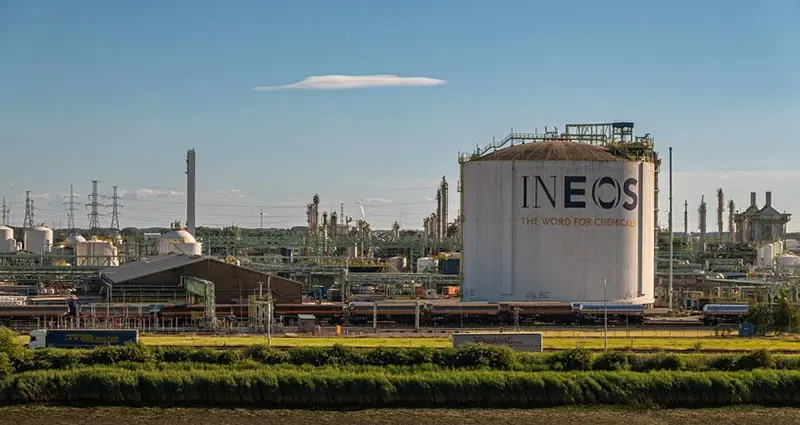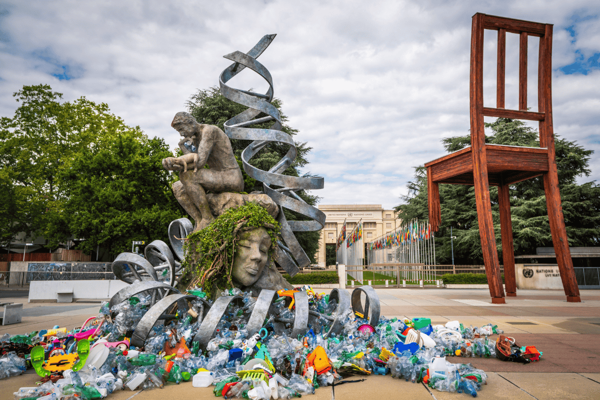Environmental organisations, including the Plastic Soup Foundation, local communities and legal experts are joining forces to stop the controversial factory, which uses fracked natural gas from the United States. The case is supported by new, alarming studies showing that the climate and health impacts of the plant have been severely underestimated.
Communities from the US and Europe unite
The lawsuit is being brought by a coalition of NGOs led by ClientEarth from the UK and local action groups. It is the fifth legal action against the €4 billion project, which has repeatedly been granted new permits despite previous court rulings and a construction freeze in 2020. Residents from American fracking areas recently visited Antwerp to share their experiences and confront local politicians with the consequences of fracking for public health.
Jodi Borello, an activist from Washington County (US), lives a few hundred metres from seven fracking sites. During her visit to Belgium, she said: "Years ago, my family suffered from the consequences of the oil and gas industry. We had nosebleeds, chemical burns and medical treatments. My message to European decision-makers is: fracking harms people, causes cancer and destroys our living environment."
Climate and health impact greatly underestimated
New, independent reports show that the actual climate and health effects of Project One are much greater than proposed by INEOS. According to INEOS' official environmental impact assessment, the plant would emit 655,000 tonnes of CO2 annually – comparable to the entire country of Eritrea. However, a study by Data Desk estimates that total emissions, including the entire supply chain, amount to 3.8 million tonnes of CO2 per year. This is comparable to the annual emissions of the Democratic Republic of Congo and almost six times higher than INEOS's own calculations.
In addition, a health report indicates that air pollution from the factory could lead to 410 premature deaths in the region each year – more than the number of permanent jobs (300) that INEOS promises to create. More than 100 new cases of asthma in children and numerous hospital admissions for respiratory and heart problems are also expected.
Legal breakthrough: Indirect emissions in the spotlight
The case is given extra weight by recent legal rulings that require indirect emissions that do not occur on the factory premises but are caused by the project (Scope 3 emissions) to be included in environmental impact assessments. For Project One, this concerns emissions from fracking in the US and the incineration of plastic waste. According to Tatiana Luján, a lawyer at ClientEarth, this is a crucial moment: "We know for sure that we do not need new plastic infrastructure. Yet European authorities are bending over backwards to make this factory possible. The gas supply is steeped in injustice and enormous emissions, while the local impact on Belgium is not being sufficiently highlighted."
Local concerns and international solidarity
Residents of Antwerp have been concerned for years about plastic pollution and the health effects of industry in the port. Kira van den Ende of Bond Beter Leefmilieu emphasises: ‘We expect ministers to respect the law. Project One converts millions of tonnes of shale gas into often disposable plastic, which ultimately ends up in nature or incinerators. This causes enormous damage to the climate and the environment, no matter how green the words of CEOs may sound.’
Depending on the timing, the ruling in this case could remove the legal basis for the construction or operation of the factory. The case marks an important moment in the fight against plastic pollution and the transition to a more sustainable future.

.png)
.png)
.png)


